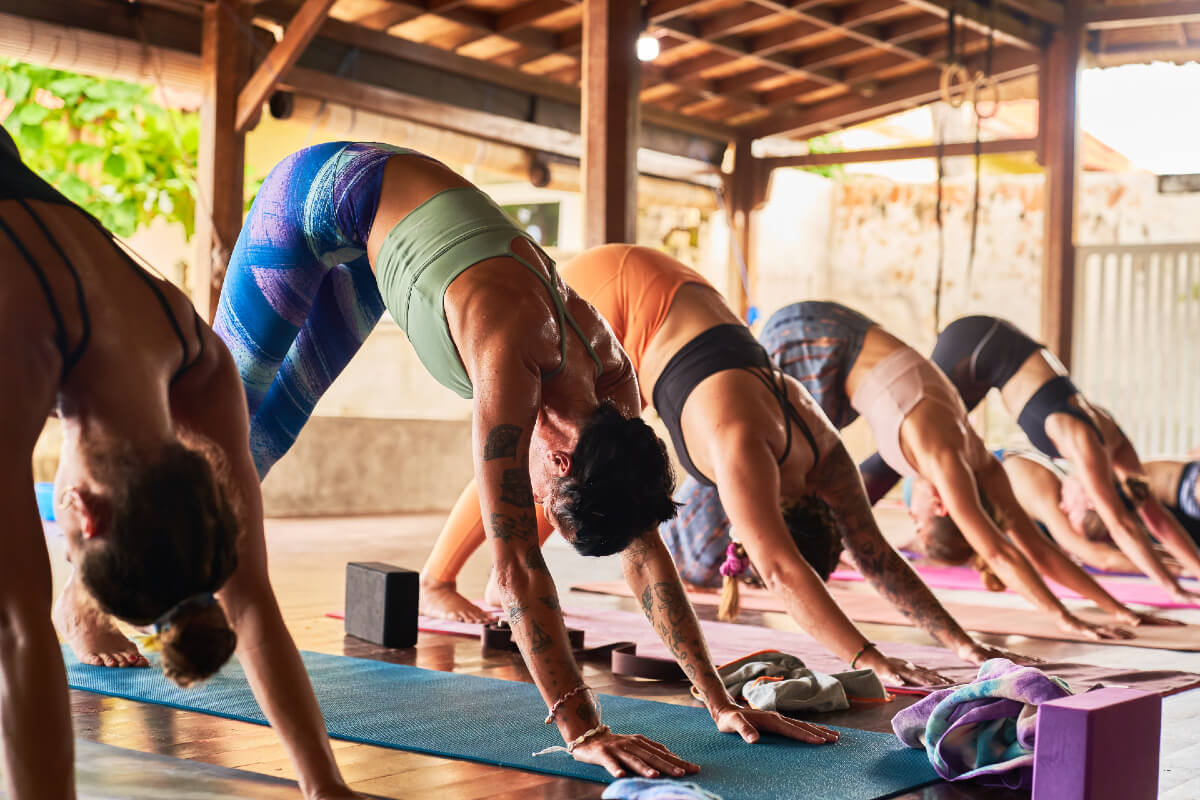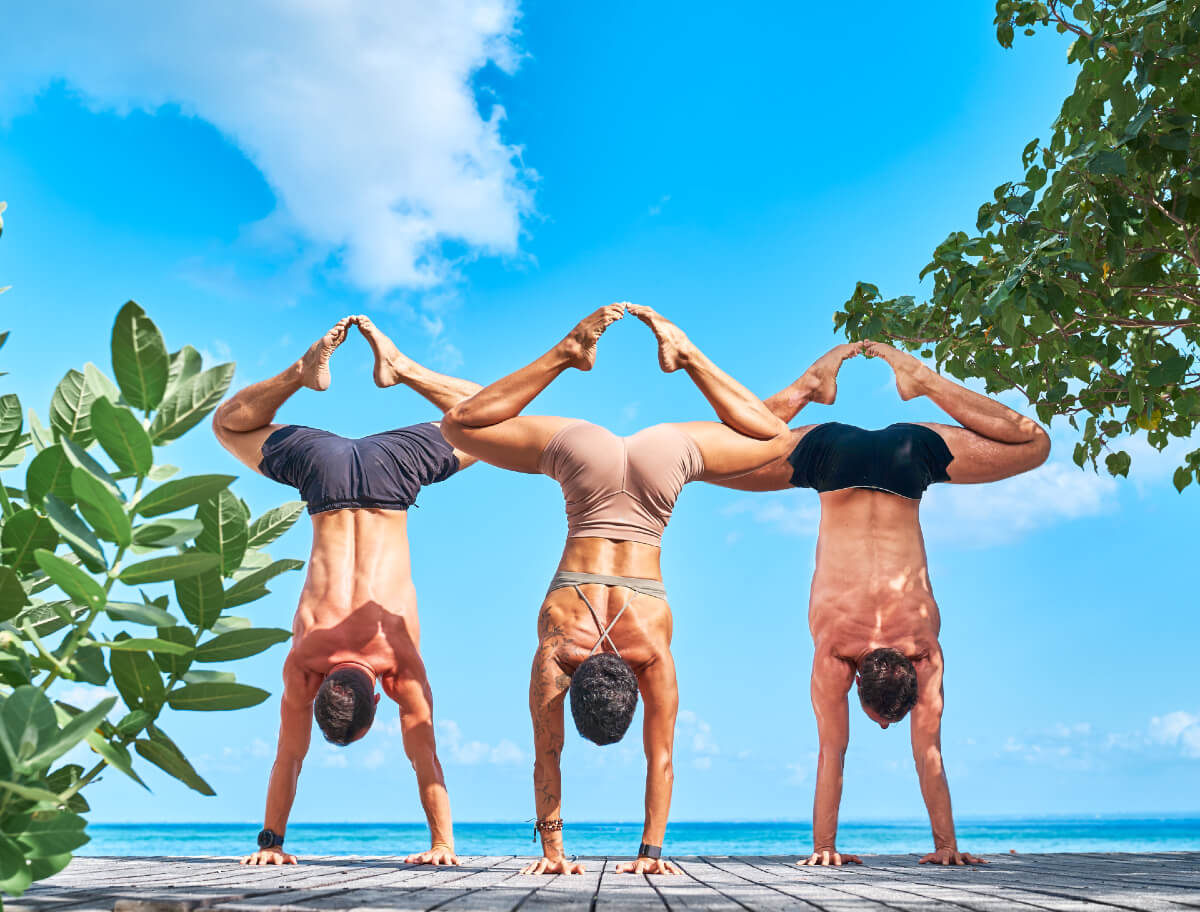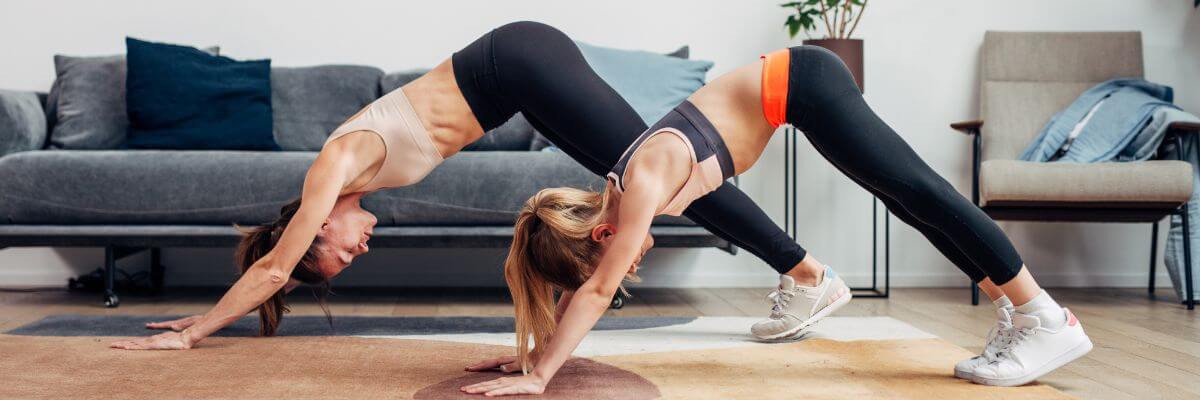This word – “release” – projects the belief that tension and stiffness is something that’s wrong and harmful, and that a release is something that’s optimal, healthy, and right. Sometimes it seems that it even creates an idea that muscle activation and strengthening is something that creates further tension, and that stretching and relaxation is what you need to do to create a desired release. Since the word release is often discussed in relation to specific myofascial tissues (i.e. “myofascial release”), the belief is created that single structures within the body can be isolated and targeted specifically.
The most common approach is to hold a stretched position for a chosen amount of time without intentional muscle contractions. In flexibility research, this is called static passive stretching. Research often looks at the effect of static passive stretching on our range of motion. In these studies, static passive stretches have been held for seconds all the way up to several minutes. To our knowledge, the longest amount of time that’s been studied in published research is 450 seconds or 7.5 minutes (Freitas & Mil-Homens, 2015).
The effects of static passive stretching are an acute increased range of motion and a sensation of being more mobile. If the practice is repeated, the passive range of motion will increase in the chosen positions (Baranda & Ayala, 2010). In other words, we can increase our range of motion in the movements and poses we perform.
What we know so far is that acute changes in range of motion most likely happen due to regulations happening in the central nervous system – not physical “releases” in the structure of tissues like fascia or muscles themselves. We actually know very little about the extent to which structural change occurs, but it seems that little to no change is happening locally in the tissue.
Many folks experience a relaxation effect when performing static passive stretches. This effect is most probably related to a lower pulse, a lower blood pressure, and a slower breath frequency. A study published by Winroth et al (2019) showed that an hour of yin yoga (a type of static passive stretching) acutely reduces anxiety in healthy individuals.
There are so many reasons for experiencing stiffness in our bodies, including our movement history and behavior. From a biopsychosocial perspective, many factors interact and affect our experience in our yoga practice. Based on the understanding – that there’s a complex web of mechanisms working – condensing things to “A leads to B” can be problematic.
Most often, this reductionism leads to oversimplified explanations in yoga class such as “you’re releasing your psoas.” We believe it may be more empowering for the student to receive open-ended instructions that support the many possibilities that could be influencing their experience.
3) Instructing a specific experience and result in a specific area
Example: “Feel this yummy asana in your thoracic spine; it will improve your posture.”
Telling a group of people they should feel one asana/movement/exercise in a specific area, with a specific sensation, and with a specific result is very tricky. Where and how we feel something in our bodies can be highly individual.




